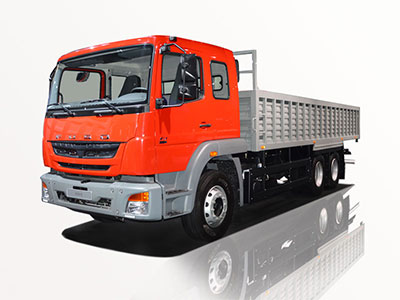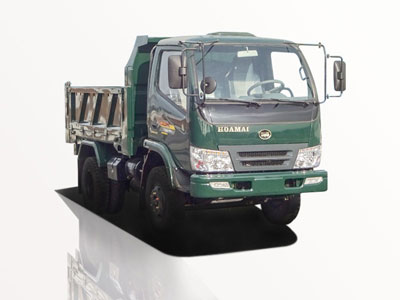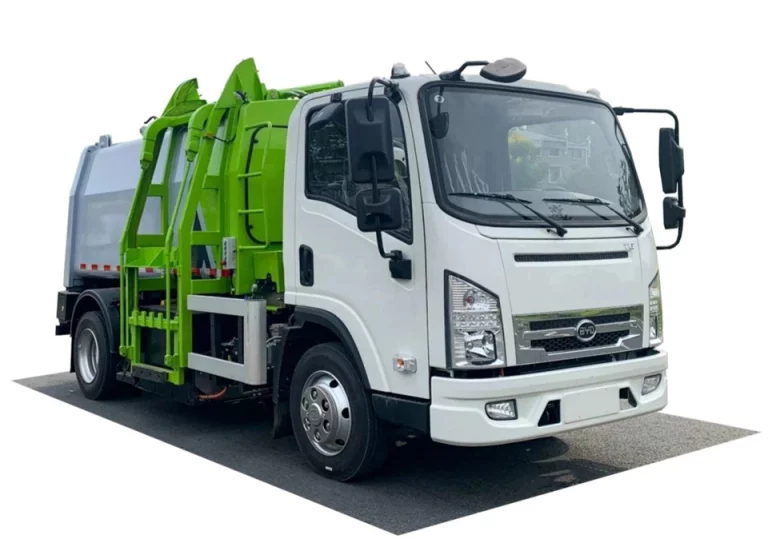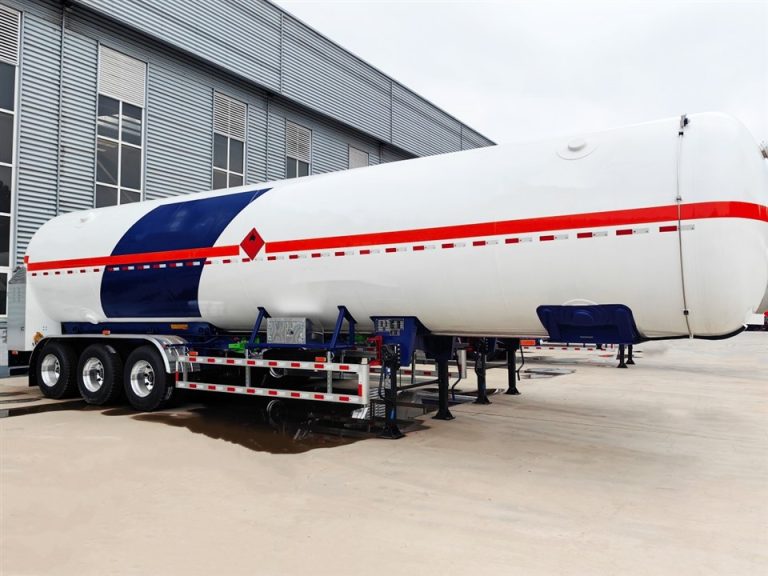Introduction
The fire command pickup truck is a specialized vehicle designed to assist fire departments in managing emergency situations efficiently. These versatile trucks serve multiple functions, from transporting firefighters and equipment to acting as mobile command centers at the scene of incidents. In this article, we will delve into the various features, capabilities, and benefits of fire command pickup trucks, highlighting their importance in firefighting operations. We’ll explore the different types, components, maintenance tips, and some real-world applications to give you an extensive understanding of how these vehicles support first responders.
1. Understanding Fire Command Pickup Trucks
1.1 What is a Fire Command Pickup Truck?
A fire command pickup truck is a modified pickup designed to meet the needs of fire departments. These trucks are equipped with specialized equipment and technology that aid in firefighting and incident management. Unlike standard pickup trucks, fire command pickups come with enhanced functionality, making them essential for emergency services.
1.2 Key Characteristics
- All-Terrain Capability: Many fire command pickup trucks are built to handle various terrains, making them suitable for wildland fires and urban settings.
- Durable Construction: These vehicles are constructed with heavy-duty materials to withstand extreme conditions encountered during emergencies.
- Modified Interiors: The interior is often modified to carry firefighting gear, communication devices, and command equipment.
2. Types of Fire Command Pickup Trucks
2.1 Standard Pickups
Standard fire command pickups are often based on popular truck models like the Ford F-150 or Chevrolet Silverado. They provide a balance of versatility and power, making them ideal for most fire department operations.
2.2 Off-Road Capable Trucks
For departments responding to wildfires or in less accessible areas, off-road capable fire command pickups are equipped with features like enhanced suspension systems and larger tires to navigate difficult terrain.
2.3 Specialty Command Vehicles
These trucks come with integrated command centers, including advanced communication systems, workstations for incident command, and storage for tactical gear. They are ideal for managing large-scale incidents.
3. Essential Features of Fire Command Pickup Trucks
3.1 Communication Equipment
Effective communication is critical during emergencies. Fire command pickup trucks often include radios, satellite phones, and other communication devices to ensure connectivity between the team and command centers.
3.2 Equipment Storage
Fire command pickups are equipped with compartments designed to store firefighting gear, tools, and supplies. These compartments must be easily accessible to ensure a quick response to emergencies.
3.3 Water and Fire Suppression Systems
Some fire command pickup trucks are equipped with portable water tanks and fire suppression systems, allowing them to engage fires directly when necessary.
3.4 Lighting Systems
Emergency lighting systems are crucial for visibility during night operations. Many fire command pickups come equipped with high-intensity LED lights that enhance visibility and safety.
4. Benefits of Utilizing Fire Command Pickup Trucks
4.1 Quick Response Capabilities
Fire command pickups allow for rapid deployment, enabling firefighters to reach the incident site quickly. Their agility makes them ideal for navigating urban environments.
4.2 Versatility
These trucks can be used in various scenarios, from wildland fires to urban rescues. Their multifunctionality allows departments to utilize them for multiple purposes beyond firefighting.
4.3 Cost-Effectiveness
Compared to larger fire apparatus, fire command pickup trucks are generally more affordable. They require less fuel, maintenance, and funding for operation, making them a cost-effective choice for many fire departments.
5. Maintenance Tips for Fire Command Pickup Trucks
5.1 Regular Inspections
Conducting routine inspections of the truck’s essential systems, such as brakes, tires, and lights, ensures reliability when responding to emergencies.
5.2 Cleaning and Upkeep
Ensuring the fire command truck is clean and well-maintained prevents rust and deterioration. Regular washing and waxing can prolong the vehicle’s lifespan.
5.3 Equipment Maintenance
Conduct regular checks of all onboard equipment to ensure it is functioning correctly. This includes communication devices, firefighting gear, and any water-suppression systems.
6. Real-World Applications
6.1 Wildfire Response
Fire command pickup trucks are heavily utilized in wildfire response due to their ability to navigate rugged terrains while carrying essential gear.
6.2 Urban Firefighting
In urban environments, fire command pickups can quickly maneuver through traffic and narrow streets, delivering crucial supplies and support to firefighters on the scene.
6.3 Emergency Command and Coordination
These vehicles act as mobile command centers, providing a place for incident commanders to strategize, communicate, and direct operations during critical situations.
7. Choosing the Right Fire Command Pickup Truck
7.1 Assessing Department Needs
Every fire department has different needs based on its service area, population, and types of incidents it responds to. Evaluating these factors is vital in choosing the right truck.
7.2 Budget Considerations
Budget constraints can greatly influence the decision-making process. It is important to balance features with the costs to find a suitable option.
7.3 Manufacturer Reputation
Choosing a vehicle from a reputable manufacturer can ensure reliability, quality, and access to parts and service when needed.
8. FAQs
8.1 What is the average cost of a fire command pickup truck?
The average cost can vary widely depending on the specifications and modifications. Generally, prices can range from $30,000 to $75,000 or more.
8.2 How does a fire command pickup truck differ from a traditional fire truck?
Fire command pickup trucks are typically smaller, more agile, and designed for support and command functions, whereas traditional fire trucks are larger and primarily equipped for firefighting operations.
8.3 What types of equipment are typically included in these vehicles?
Common equipment includes firefighting gear, medical supplies, communication systems, and sometimes water tanks and fire suppression systems.
8.4 How often should fire command pickup trucks be serviced?
Regular service checks should be conducted every 3,000 to 5,000 miles, with thorough inspections at least twice a year.
8.5 Are fire command pickup trucks used in other emergency services?
Yes, they are also used by medical response teams, search and rescue units, and law enforcement for their versatility in various emergency situations.
8.6 Can fire command pickup trucks be customized for specific needs?
Absolutely! Fire command pickups can be tailored with specialized equipment and features based on the specific requirements of the fire department.



